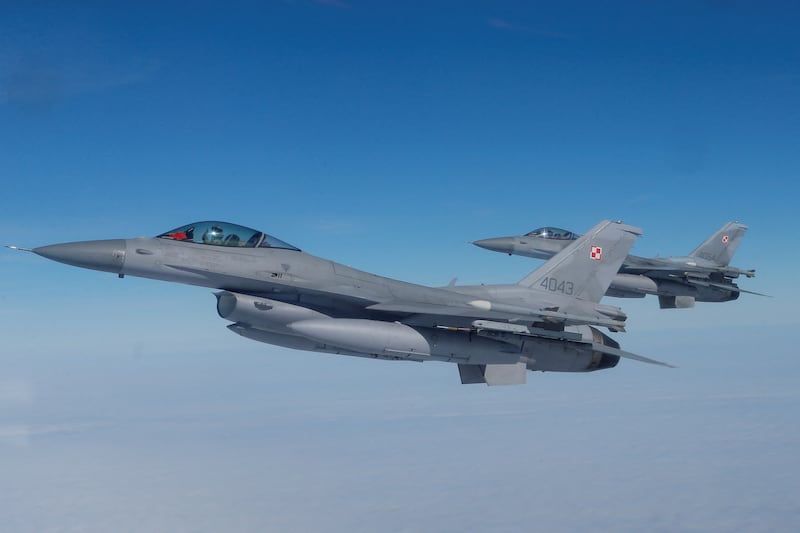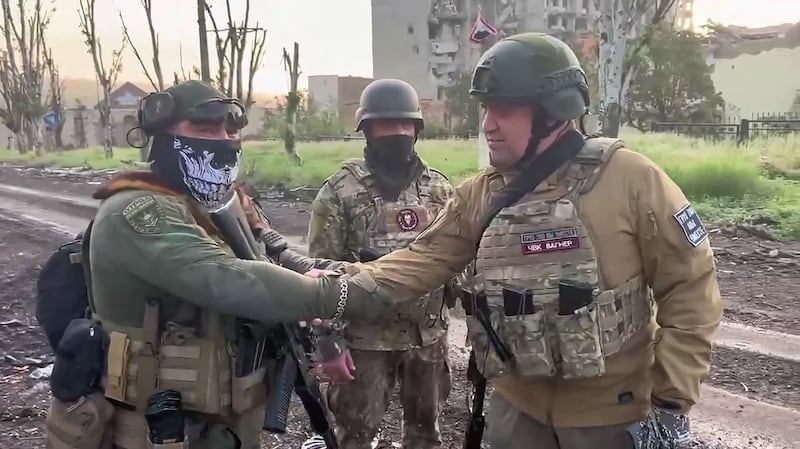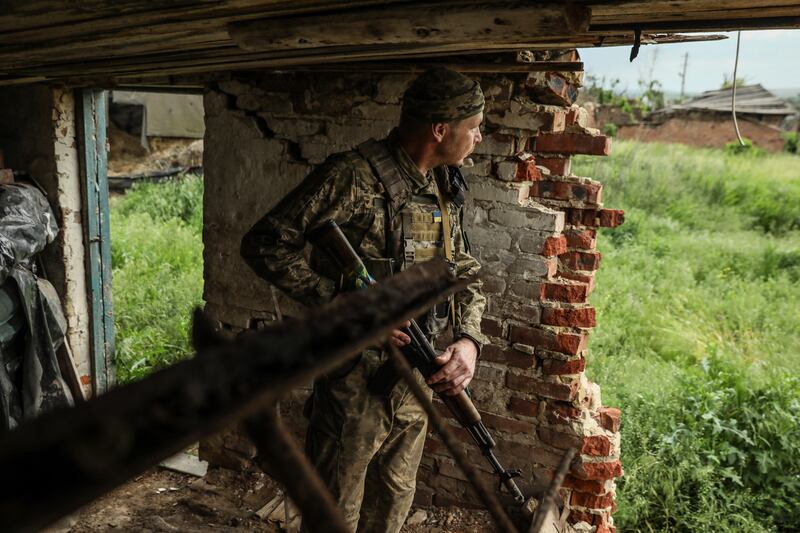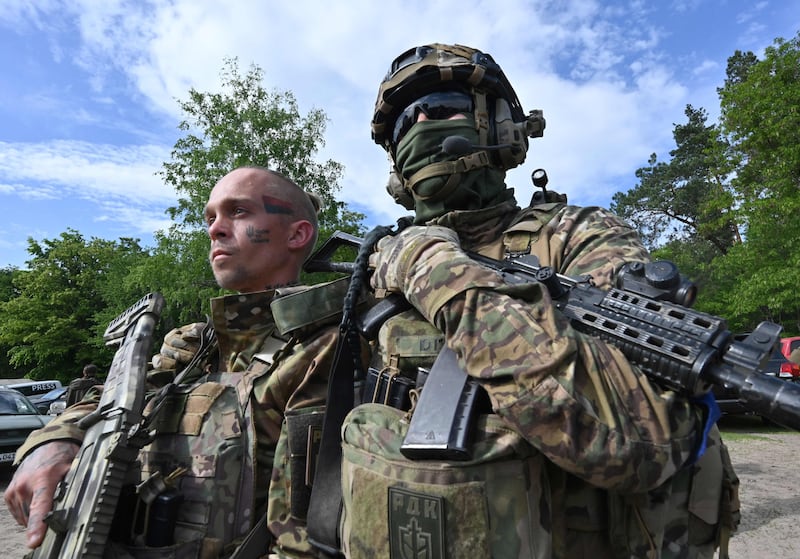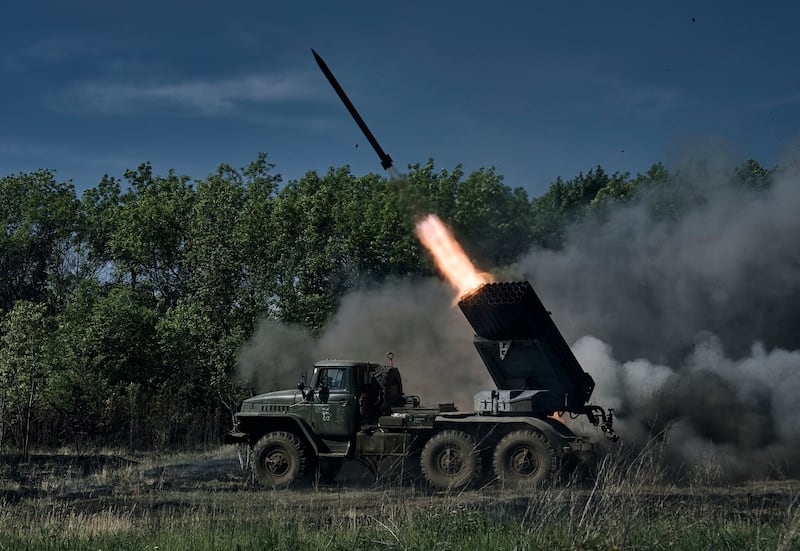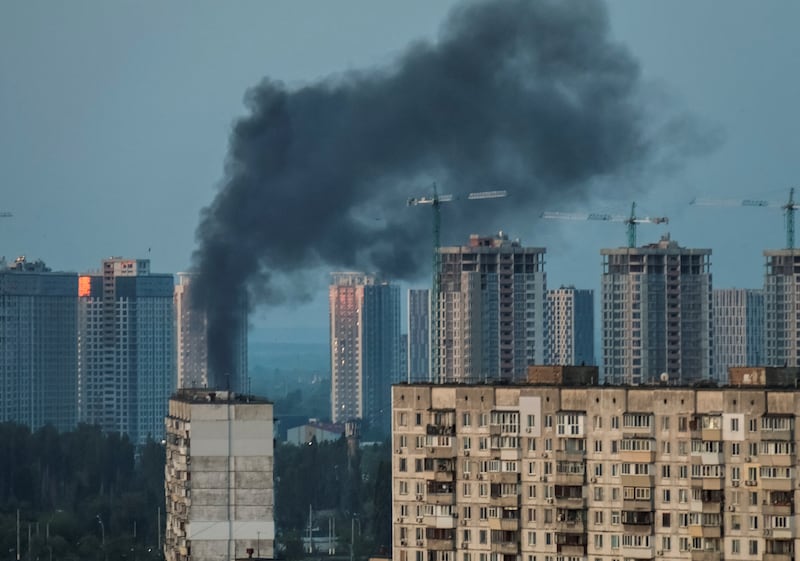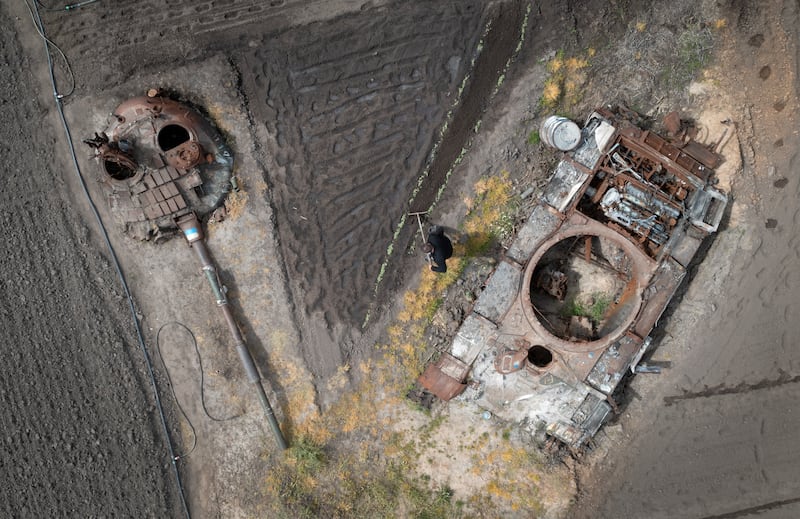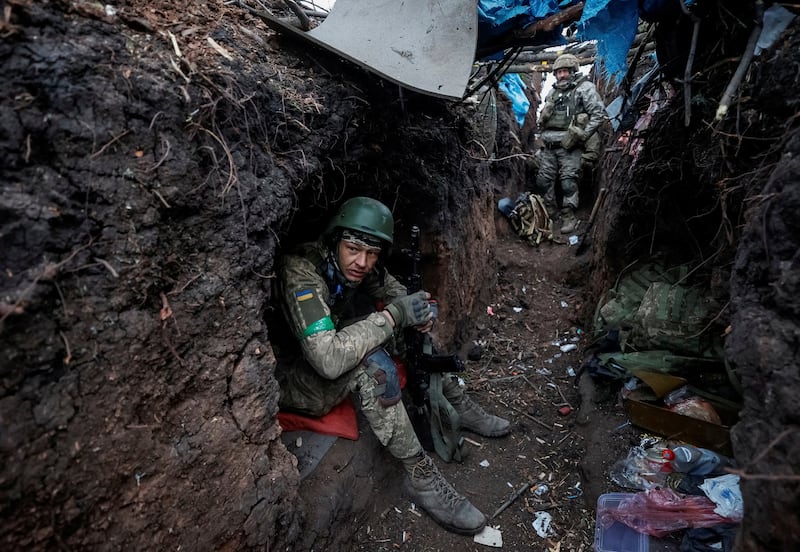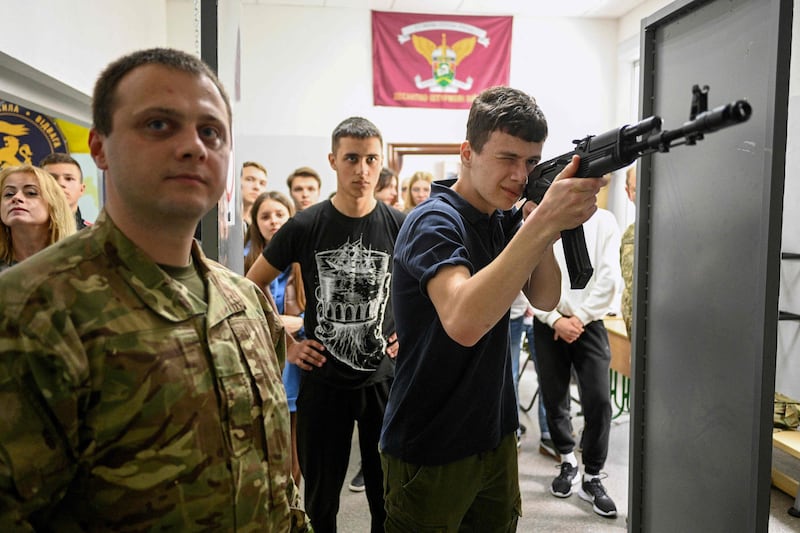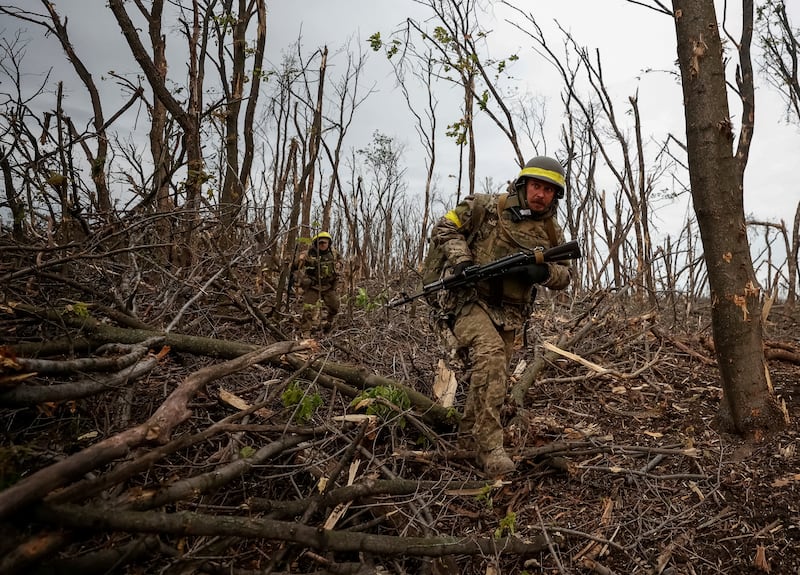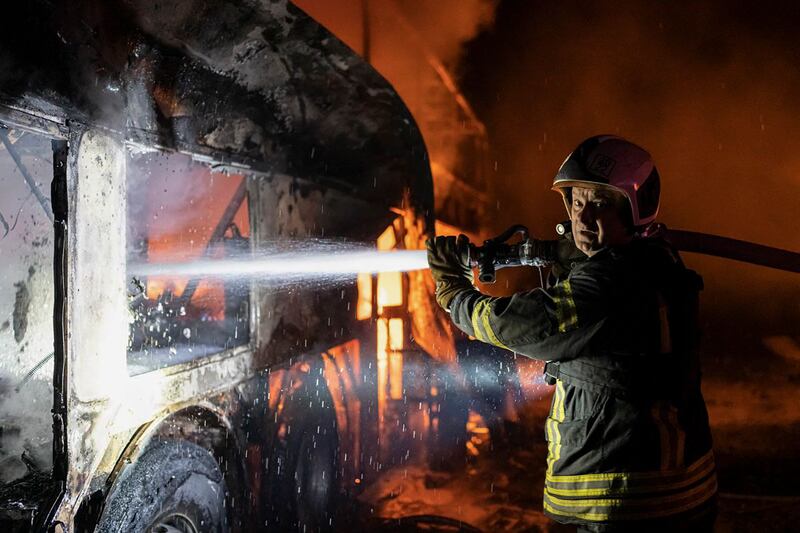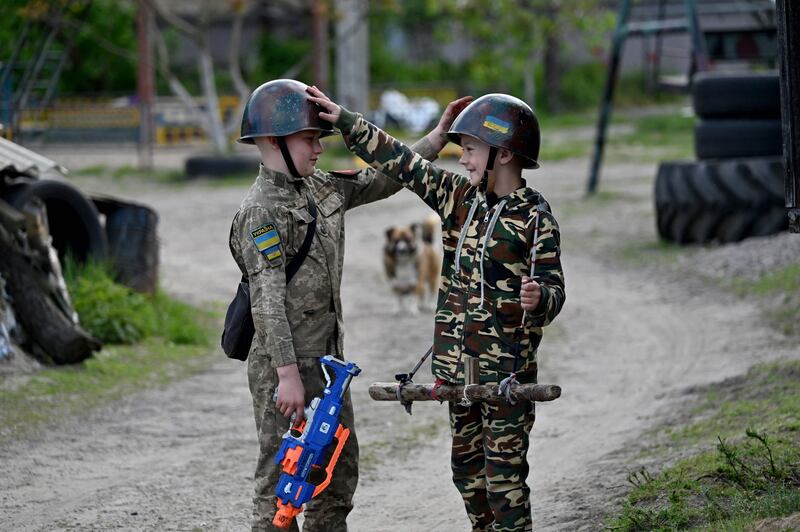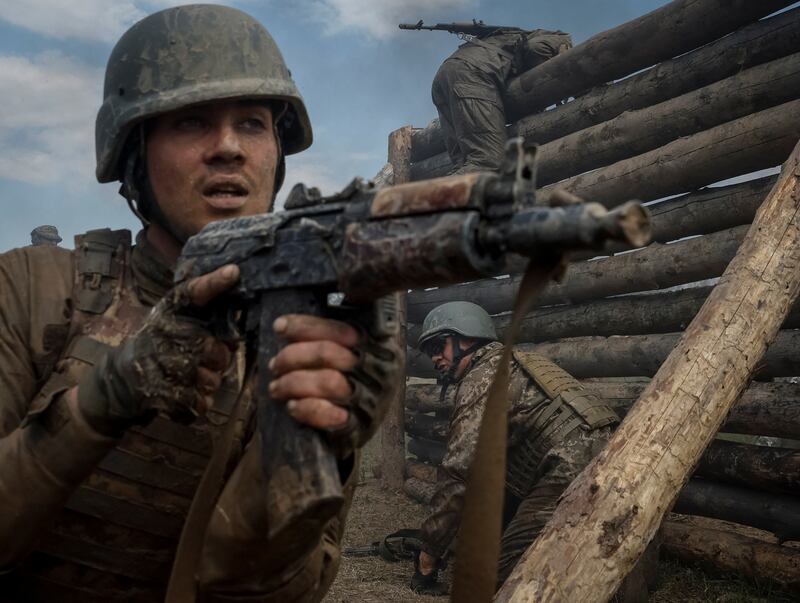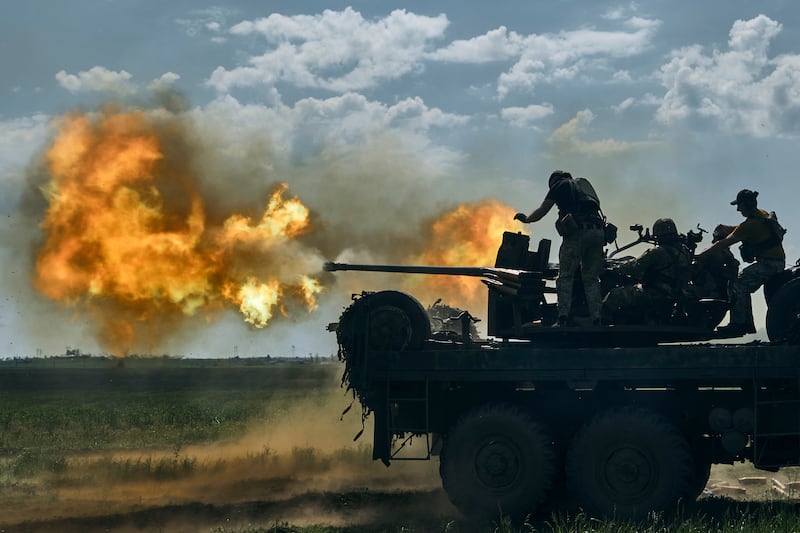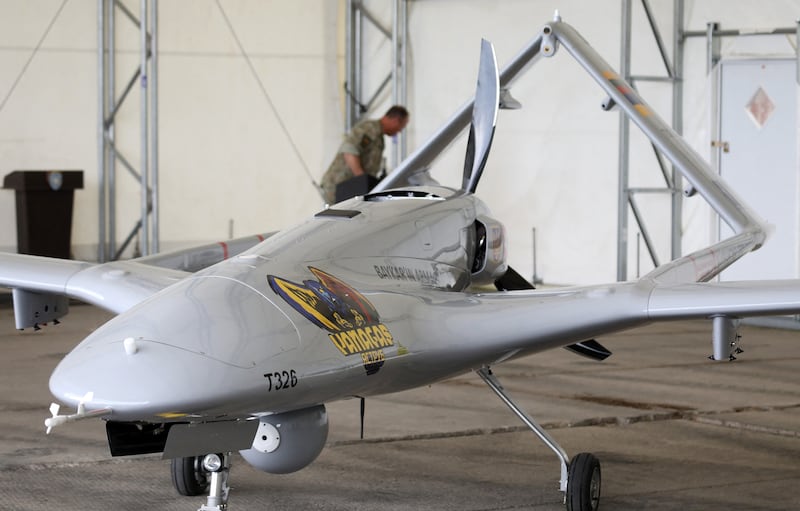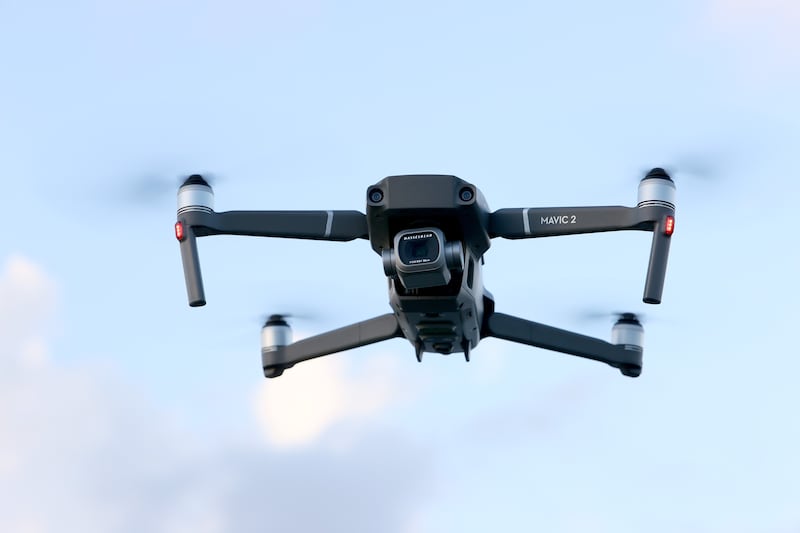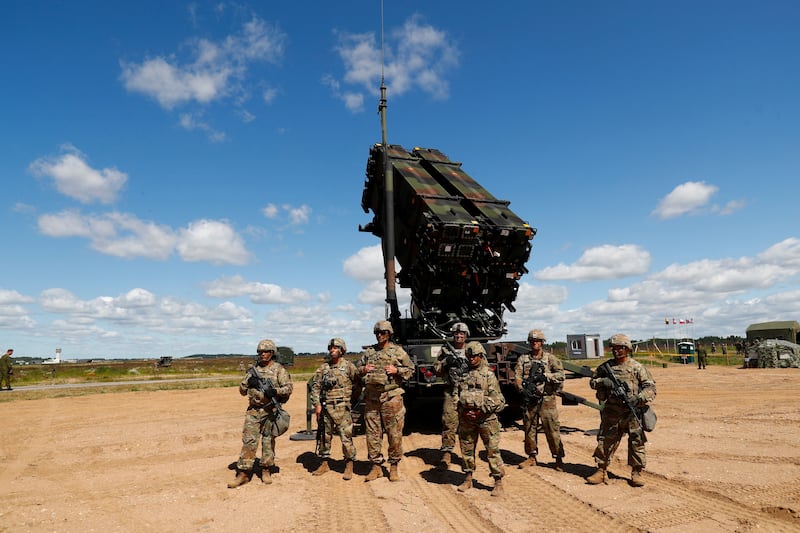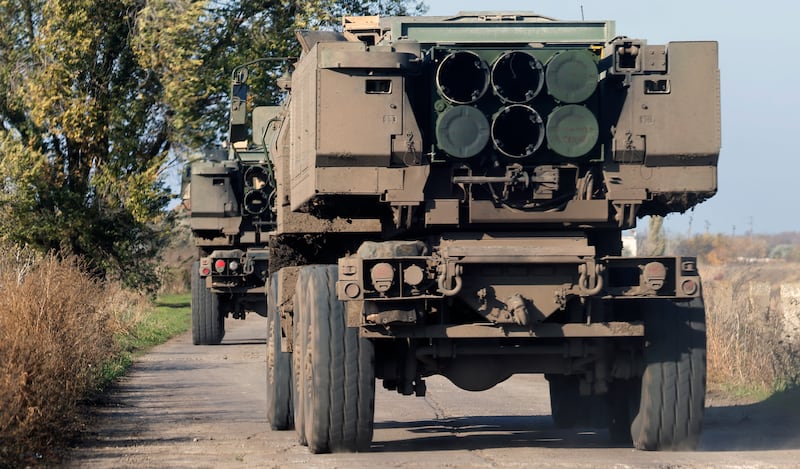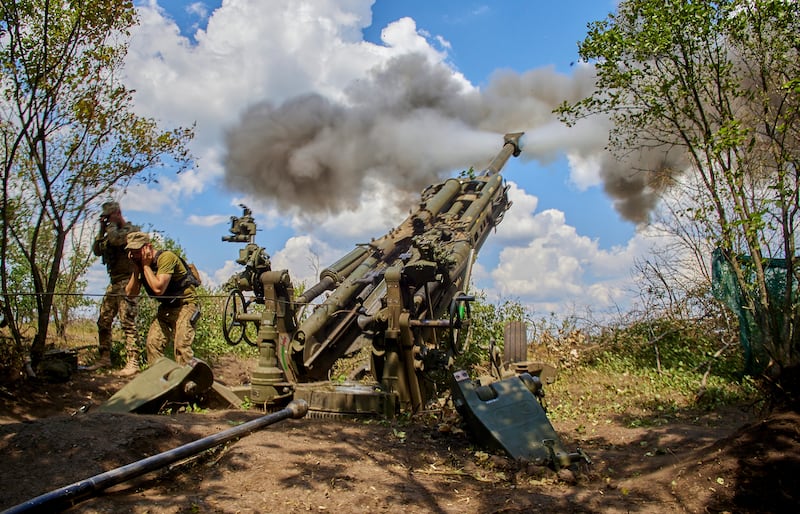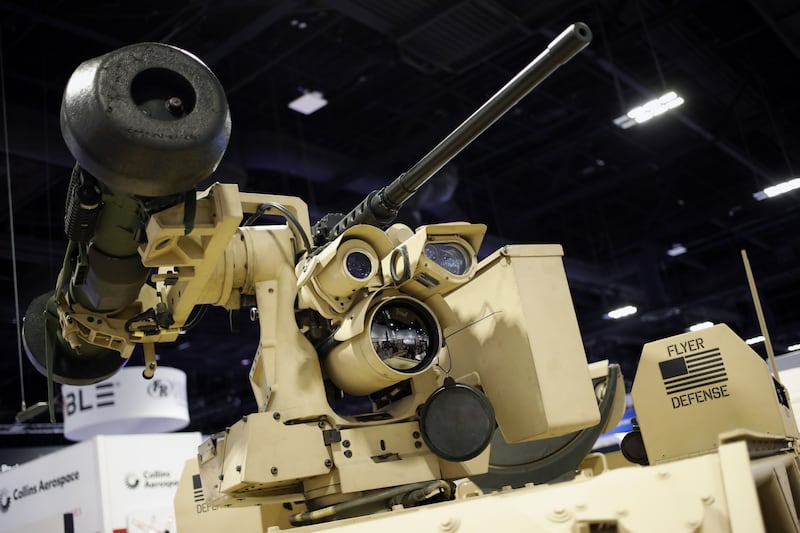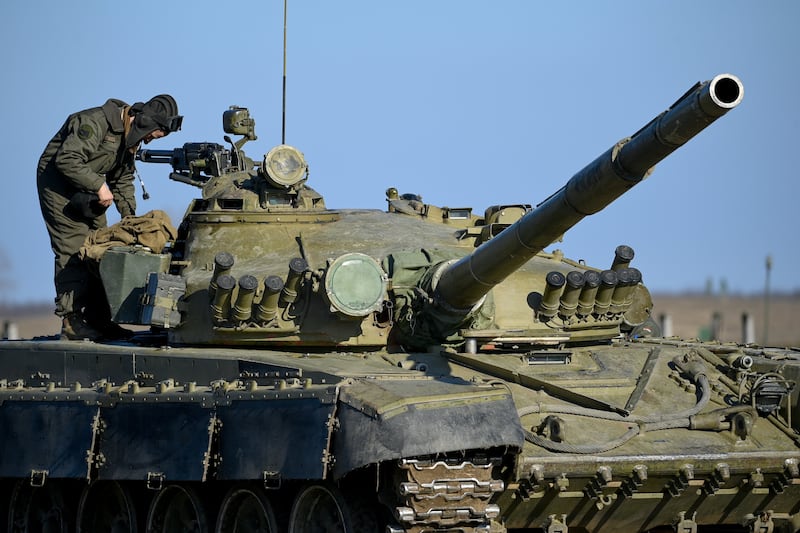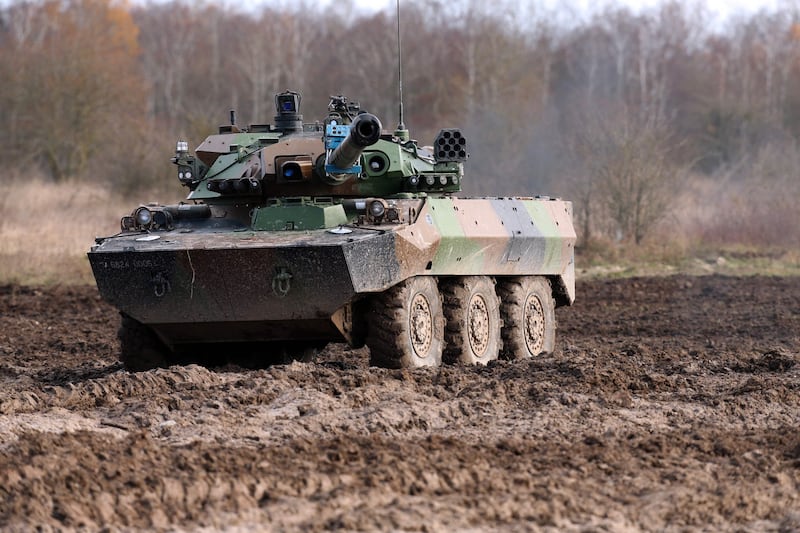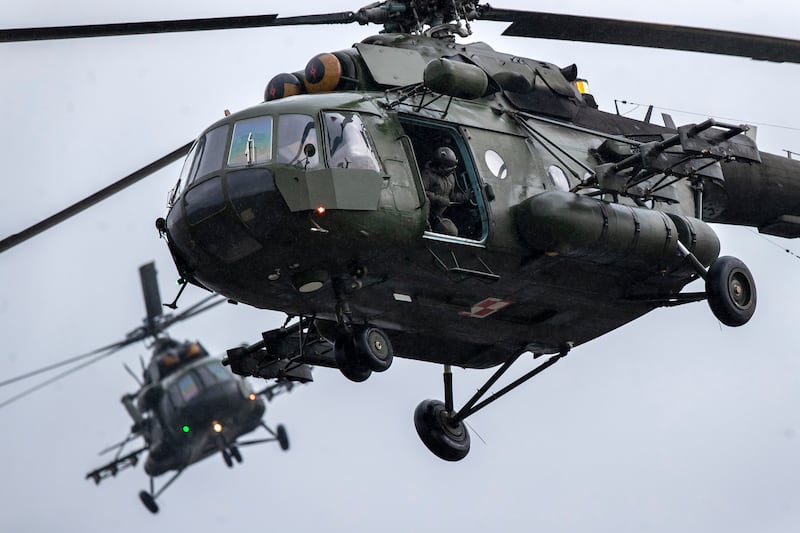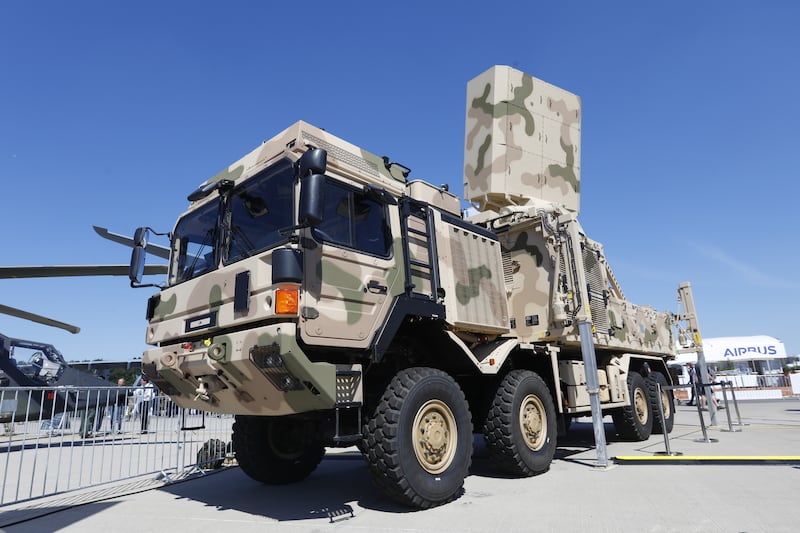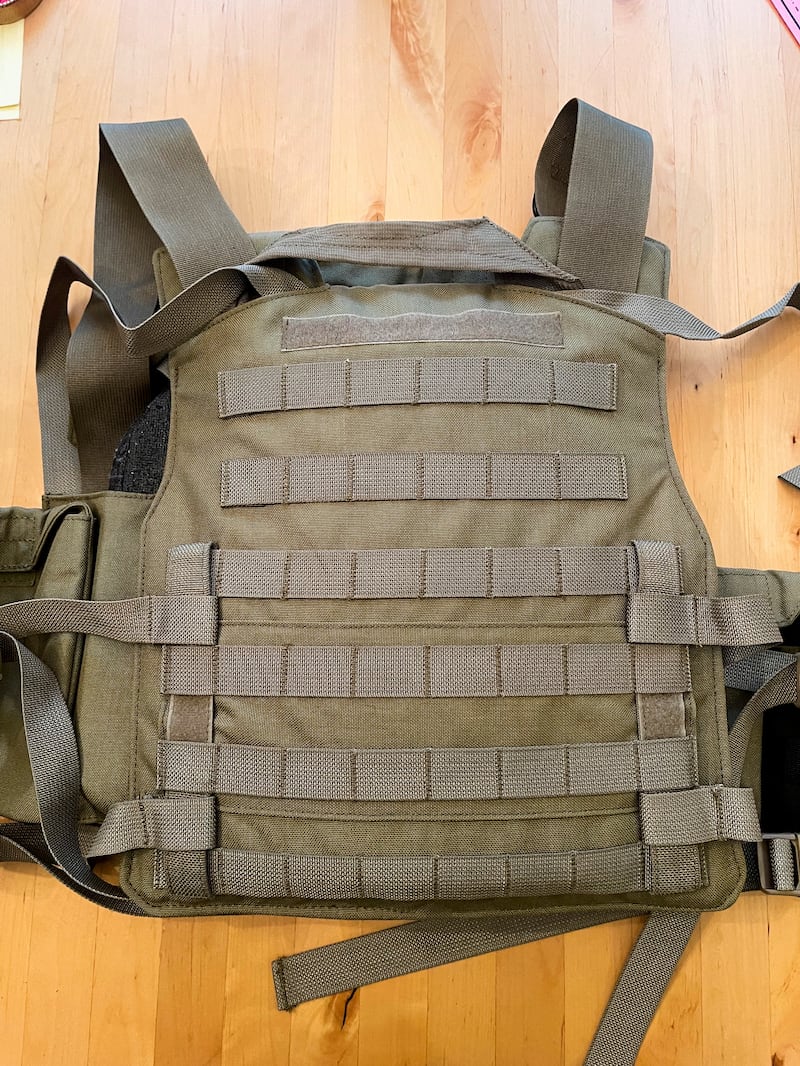Ukraine has made a major step in denying Russia's warplanes dominance of its airspace by securing western-supplied F-16 combat jets, analysts say.
Fast, highly manoeuvrable and equipped with advance weaponry, the jets will prove a match if not a master of Russia’s fighters.
The proven multi-role combat fighter will not only help secure Ukraine’s skies but will also assist its future ground campaigns by dropping precision bombs.
Ukraine has also hit the “sweet spot” for procuring F-16s, with hundreds of the fourth-generation aircraft available as they are replaced by the next-generation F-35s, aviation analysts say.
If Kyiv is able to secure the variants from after the “Bloc 40” development of 30 years ago, then it will have an aircraft that could allow it to dominate the skies above its cities and soldiers, experts have told The National.
It will be key for the aircraft to have modern equipment including Advanced Medium Range Air-to-Air Missile (AMRAAM), electronic counter measures and Litening targeting pods to allow it to drop highly accurate 500lb (226kg) JDAMS, (Joint Direct Attack Munitions).
Ukraine and Russia conflict latest - in pictures
The aircraft, with a combat speed of 2,200kph, has been the backbone of Nato air forces for the past 40 years, first taking part in combat in the First Gulf War in 1991, then almost every Nato conflict since.
“Since Operation Desert Storm [in 1991] it’s been a well-proven, extremely capable and extremely robust aircraft,” said Gareth Jennings, aviation editor of Janes, the defence intelligence firm. “That’s why countries are still buying F-16s by the bucket-load.”
They will also arrive just in time to replace Ukraine’s dwindling fleet of about 70 combat aircraft, including Mig-29s.
Good timing
Fortunately for Ukraine, there are at least 200 F-16s that have had the mid-life upgrade that are surplus to requirements by the Netherlands, Denmark, Belgium and to a lesser extent Poland.
“They're readily available in numbers that make a meaningful difference,” said Mr Jenkins. “So it's actually a sweet spot for Ukraine at the moment, especially as these are very capable combat aircraft, relatively cheap to operate and, with their single engine, not that complex to maintain.”
With more than 2,000 F-16s currently flying, Ukraine will not be short of the spares required for servicing jets that will suffer heavy engine fatigue and battle damage.
Without F-16s, it is also increasingly likely that Russia will establish air dominance that would allow its jets to either attack key targets inside Ukraine or more importantly to hinder any counteroffensive breakthrough.
That may yet still be possible as it will take at least three or four months to give advance training courses to Ukraine’s experienced fighter pilots and maintenance crews.
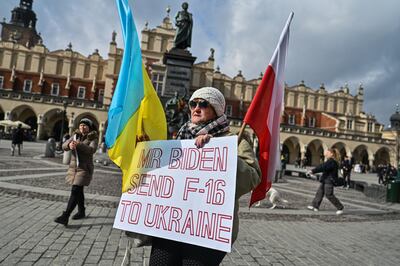
Russian bogeys
Since the war began, the “bogey” of the Ukrainian air force has been the Russian Su-35s along with the MiG-31 long range interceptors, that have on one occasion managed to shoot down a jet with a missile launched from 170km away.
“The Russian Aerospace Forces remain a ‘force in being’ and a major threat to advancing Ukrainian forces, although they currently lack the capabilities to penetrate Ukrainian air defences,” wrote Dr Jack Watling in a recent paper for the Rusi think tank.
To combat this, the F-16s will need the AIM-120D AMRAAM that can reach targets up to 160km distance which experts say is a “quantum leap” ahead of what Ukraine’s current MiG-29s possess.
Up close the Lockheed Martin-built jet is also an excellent dog-fighter as it was originally designed primarily as an air-to-air combat aircraft
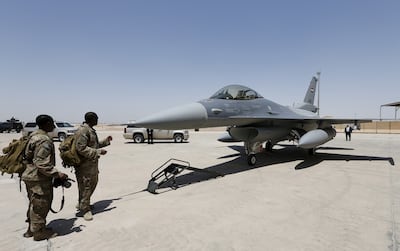
Numbers game
To make a genuine difference, analysts believe Ukraine will need more than 50 and perhaps as many as 150 jets to defend its skies.
“They need mass as well as capability,” said Mr Jenkins. “Around 50 wouldn't necessarily guarantee Ukrainians air dominance but it would contribute to denying the Russians air superiority, which is just as important.”
Tim Ripley, a military analyst, said about 150 F-16s “would put them very much back in the game”, giving Kyiv “a good chance to get back air control”.
Deep strike
Being a multi-role aircraft, the F-16 can take off with a mix of air-to-air missiles and ground attack weapons allowing it to fight its way to the target, deliver its payload then fight its way back out again.
While Nato restraints mean it cannot attack Russia, the jet will be able to penetrate and strike annexed Crimea, which hosts airbases as well as a major naval port.
It will likely be equipped with the JDAM bombs that, as proven in Iraq and Afghanistan, can hit targets with pinpoint accuracy, destroying armour or concrete bunkers.
Its ALARM anti-radiation missiles will also hinder Russia’s extensive and effective electronic warfare capabilities.
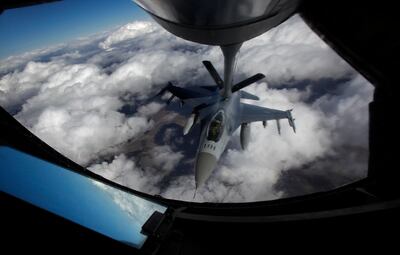
Challenges
Unlike most Russian aircraft, the F-16 cannot operate well from austere locations or runways with “foreign object debris”.
They generally require a pristine, long runway, although in Singapore F-16s train to land and take-off from dedicated motorways.
“Nato hasn’t done austere air operations for 30-odd years so this will be a challenge,” said Mr Ripley. “But you have to bear in mind that the Ukrainians have lots of experience with flying jets and maintaining them in tough conditions and they also have a more rough-and-ready attitude to health and safety restraints.”
Drones and weapons supplied to Ukraine - in pictures
With a maximum combat radius of 550km, the jets have a relatively short range and unlike Nato’s air fleets the Ukrainians do not have air-to-air refuelling capabilities to stay airborne for hours on end.
The airfields used for F-16s will also have to be some distance from the front line and, as a target for Russian strikes, will need heavy air defences.
“It's not a long-range combat aircraft but for point defence the F-16 has the ability to take-off quickly, get up to altitude fast, engage the opponent, get down, rearm, refuel and get up again,” said Mr Jennings. “It’s ideally suited for Ukraine.”
The jet also sends President Vladimir Putin a strong message about the West’s long-term commitment to Ukraine.
